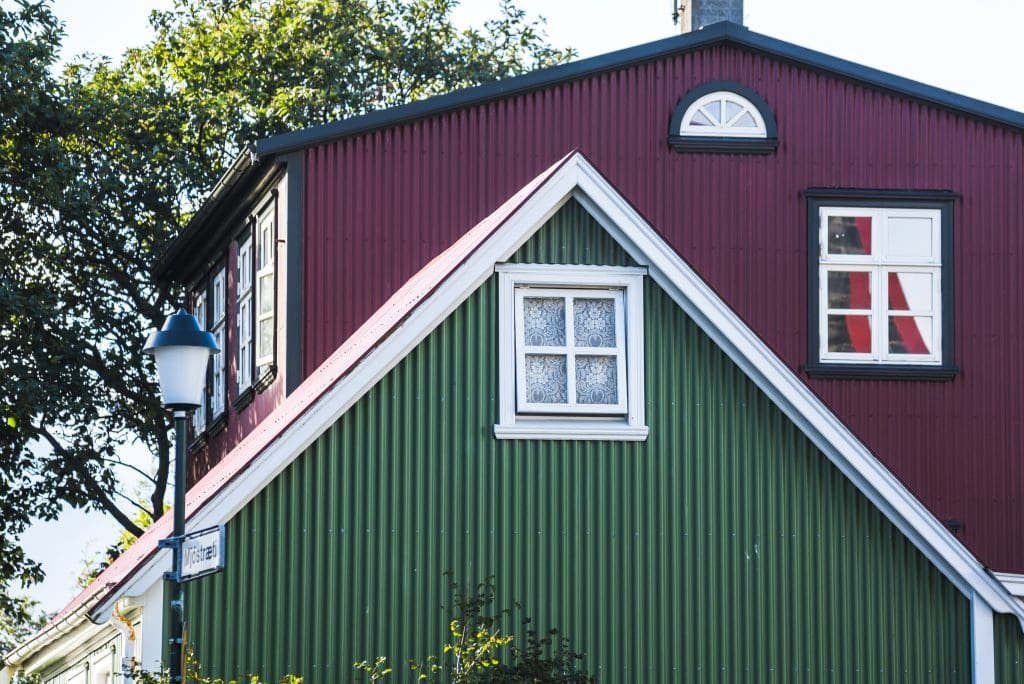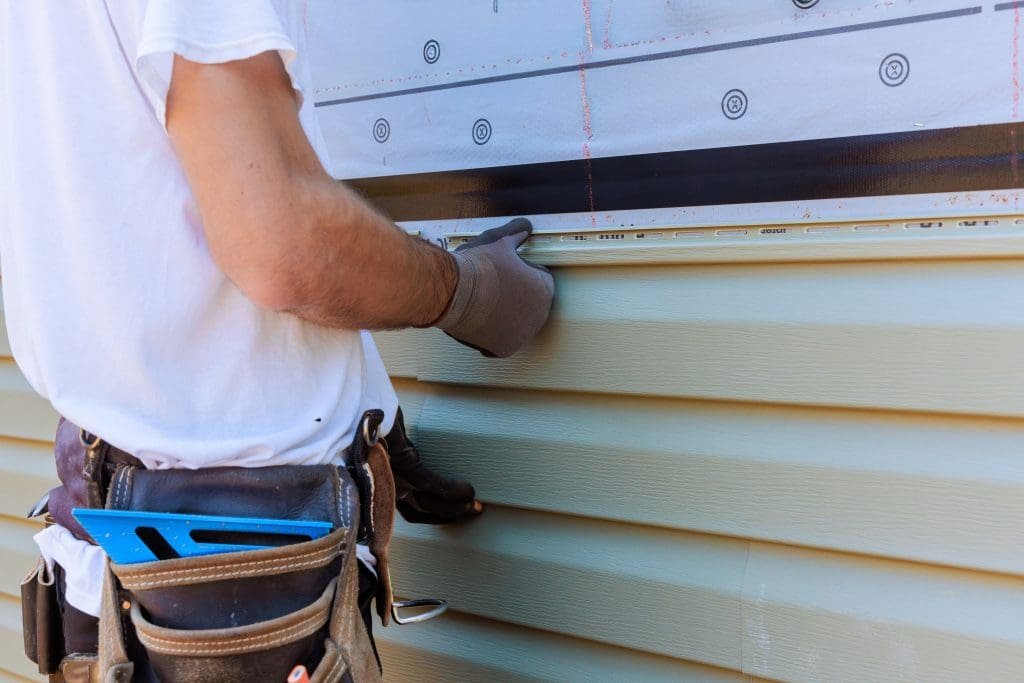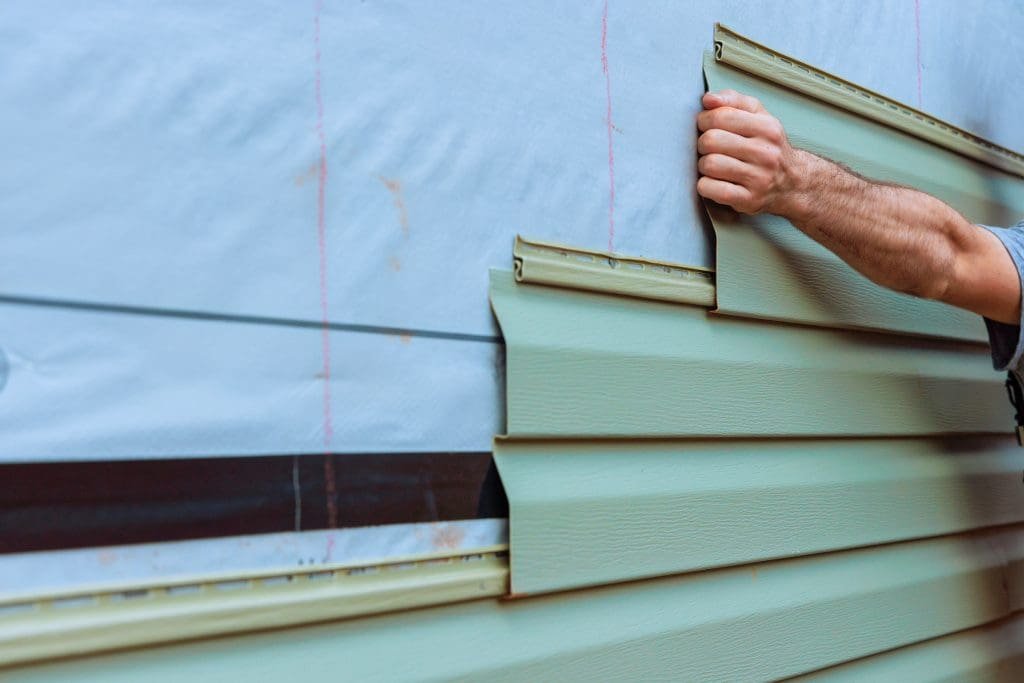Siding replacement is a crucial investment in maintaining the integrity and appearance of your home. Homeowners need to understand the intricacies of this process, from the selection of materials to hiring qualified contractors. This article explores the do’s and don’ts of siding replacement, offering essential tips to ensure a successful and efficient upgrade to your home’s exterior.
Understanding the Importance of Siding Replacement
Siding serves many functions in home maintenance, protecting the structure from weather elements while enhancing its aesthetic appeal. Over time, siding can deteriorate due to exposure to the elements, leading to significant issues if not addressed. Therefore, understanding why and when to replace it is fundamental for homeowners.
The Role of Siding in Home Maintenance
The primary function of siding is to shield your home from wind, rain, snow, and other environmental factors. Properly installed siding also helps with insulation, contributing to your home’s energy efficiency. If your siding is compromised, you may notice drafts or leaks that can lead to mold growth and higher energy bills.
Moreover, siding plays a vital role in the overall curb appeal of your home. A well-maintained exterior can attract potential buyers if you’re considering selling your property, enhancing its market value significantly. The choice of siding material can also influence the architectural style of your home, whether it be the classic look of wood, the durability of vinyl, or the modern appeal of fiber cement. Each option offers unique benefits and can complement various design aesthetics, making it essential to choose wisely.
Why Siding Replacement is Necessary
Replacement becomes necessary when siding is cracked, warped, or shows signs of rot or damage. These flaws not only affect your home’s insulation but may also lead to structural issues over time. Additionally, aging materials can present aesthetic problems, diminishing your home’s appearance and appeal. Regular inspections can help identify these issues early, allowing for timely repairs or replacements that can save homeowners from more extensive damage and costs down the line.
Another reason to consider siding replacement is if you plan to update the look of your home. Modern siding materials are available in a variety of styles, colors, and finishes, allowing homeowners to give their properties a fresh new look while increasing functionality. Furthermore, advancements in siding technology have led to materials that are not only visually appealing but also more resistant to fading, moisture, and pests. This means that homeowners can enjoy a beautiful exterior that requires less maintenance and offers greater longevity, making siding replacement a worthwhile investment in the long run.
The Do’s of Siding Replacement

When it comes to replacing your home’s siding, there are several best practices that can guide homeowners toward making informed decisions. Let’s explore the key do’s of siding replacement.
Choosing the Right Material for Your Siding
The first step in a successful siding replacement is selecting the right material. Popular options include vinyl, wood, fiber cement, and aluminum, each with unique benefits. For example, vinyl siding is low-maintenance and cost-effective, while fiber cement offers durability and a wide range of customizable styles.
Consider your local climate, maintenance preferences, and the architectural style of your home when selecting siding materials. Researching different options can help you weigh the pros and cons adequately, ensuring you choose what’s best tailored to your needs. Additionally, think about energy efficiency; some materials provide better insulation than others, which can contribute to lower energy bills and a more comfortable indoor environment. If you live in an area with extreme weather conditions, it might be worth investing in materials that can withstand high winds, heavy rain, or intense sunlight.
Hiring Professional Siding Contractors
Another important do is to hire qualified professionals for the installation process. This isn’t merely about aesthetics; proper installation is crucial for the longevity and performance of your new siding. Poorly installed siding can lead to gaps, leaks, and other issues that negate the benefits of the replacement.
Seek out contractors with good reviews, verified references, and appropriate licenses. Ask about their experience with siding replacement, and review their portfolio of past work to ensure they match your vision and standards. It’s also beneficial to obtain multiple quotes to compare pricing and services offered. A reputable contractor will not only provide a detailed estimate but will also be willing to discuss the installation process, timelines, and any potential challenges that may arise during the project. This transparency can help build trust and ensure that you’re making a well-informed decision.
Proper Maintenance of New Siding
Once your new siding is installed, maintaining it correctly is essential for its longevity. Regular cleaning can prevent the buildup of dirt and grime, which can lead to discoloration and mold growth. Depending on the material, treatments or sealants might be needed to protect against the elements.
Schedule periodic inspections to check for any signs of wear or damage that may develop over time. Promptly addressing these issues can prolong the life of your siding and keep your home looking beautiful. Additionally, consider seasonal maintenance tasks, such as clearing debris from gutters and downspouts to prevent water damage, as well as checking for any loose or damaged sections after severe weather. Keeping an eye on your siding not only enhances its appearance but also helps maintain your home’s overall value, ensuring that your investment pays off in the long run.
The Don’ts of Siding Replacement

While knowing what to do during a siding replacement is crucial, it’s equally important to understand what to avoid. Below are some common pitfalls that homeowners should steer clear of.
Common Mistakes in DIY Siding Replacement
Although DIY projects can be rewarding, siding replacement often requires specialized knowledge and skills. Many homeowners underestimate the complexity of this task and may end up causing more harm than good. Mistakes can lead to water damage, decreased insulation efficiency, or a look that doesn’t meet their expectations.
If you’re contemplating a DIY approach, it’s wise to at least consult with a professional to understand the challenges involved. Their insights can save you time and money in the long run. Additionally, consider the tools and equipment required for the job; improper tools can lead to poor installation and safety hazards. Investing in the right resources or hiring a professional can ultimately ensure that your siding is installed correctly and lasts for years to come.
Missteps in Siding Material Selection
Choosing the wrong siding material can result in aesthetic and functional issues. For instance, selecting a material that isn’t suitable for your local weather conditions can lead to more frequent repairs or replacements.
Moreover, some materials are more prone to fading or damage than others. Ensure you thoroughly research your options and consider both durability and appearance to avoid long-term dissatisfaction. It’s also beneficial to look into the maintenance requirements of different siding materials; some may require regular painting or sealing, while others might be virtually maintenance-free. By weighing these factors, you can make a more informed decision that aligns with your lifestyle and home environment.
Avoiding Overpriced Siding Services
Another important don’t is falling victim to overpriced siding services. While you should never compromise quality for the price, it’s crucial to obtain multiple quotes and understand the average costs in your area. Outrageously high bids may not equate to better service or materials.
Always ask for detailed estimates that outline labor, materials, and any additional costs. Transparency in pricing ensures that you remain within your budget while avoiding financial surprises later on. Additionally, take the time to read reviews and ask for references from previous clients. A reputable contractor will have a history of satisfied customers and will be willing to provide proof of their work. Engaging with past clients can give you valuable insights into the contractor’s reliability, craftsmanship, and overall service quality, helping you make a more informed choice.
Making the Most Out of Your Siding Replacement

The final aspect to consider is how to maximize the benefits of your siding replacement project. It’s more than just an upgrade; it can be a strategic choice that affects your home’s value and efficiency.
Enhancing Home Value Through Siding Replacement
One of the primary motivations for replacing siding is the potential increase in your home’s market value. Quality siding can draw buyers’ attention and significantly impact resale value. In some cases, well-executed siding replacements have shown to yield returns on investment of 70% or more.
Consider trends in your neighborhood or region to select siding that appeals to prospective buyers, as well as features that align with modern demands, such as energy efficiency and low maintenance. For instance, in areas prone to extreme weather, durable materials like fiber cement or vinyl siding may not only attract buyers but also provide peace of mind regarding long-term performance.
Energy Efficiency and Siding Replacement
New siding can significantly improve your home’s energy efficiency, especially if you opt for insulated options. This can lead to substantial savings on energy bills while increasing comfort levels within your home.
Ensure that your new siding is properly insulated and installed to maximize these benefits. Layering additional insulation during installation can enhance energy conservation, making your home environmentally friendly and cost-effective. Additionally, consider the orientation of your home and the local climate when selecting materials; for example, lighter colors can reflect heat in warmer climates, while darker shades may be more suitable for colder regions, aiding in heat retention.
Siding Replacement and Home Aesthetics
Lastly, the aesthetic enhancement of your home through siding replacement cannot be overlooked. The right siding not only boosts curb appeal but also reflects your personal style, making your home uniquely yours.
Select colors, textures, and styles that complement your home’s architecture and landscape. Taking the time to choose wisely ensures that your newly sided home will be a source of pride for years to come. Consider incorporating design elements such as contrasting trim or decorative accents that can elevate the overall look of your home. Furthermore, exploring eco-friendly materials can not only enhance aesthetics but also contribute to sustainability, appealing to environmentally conscious buyers.
Moreover, don’t underestimate the power of professional installation. Engaging experienced contractors can ensure that your siding is not only visually appealing but also installed correctly to prevent issues such as moisture infiltration or warping over time. A well-executed installation can make a significant difference in both the functionality and longevity of your siding, ultimately safeguarding your investment.





